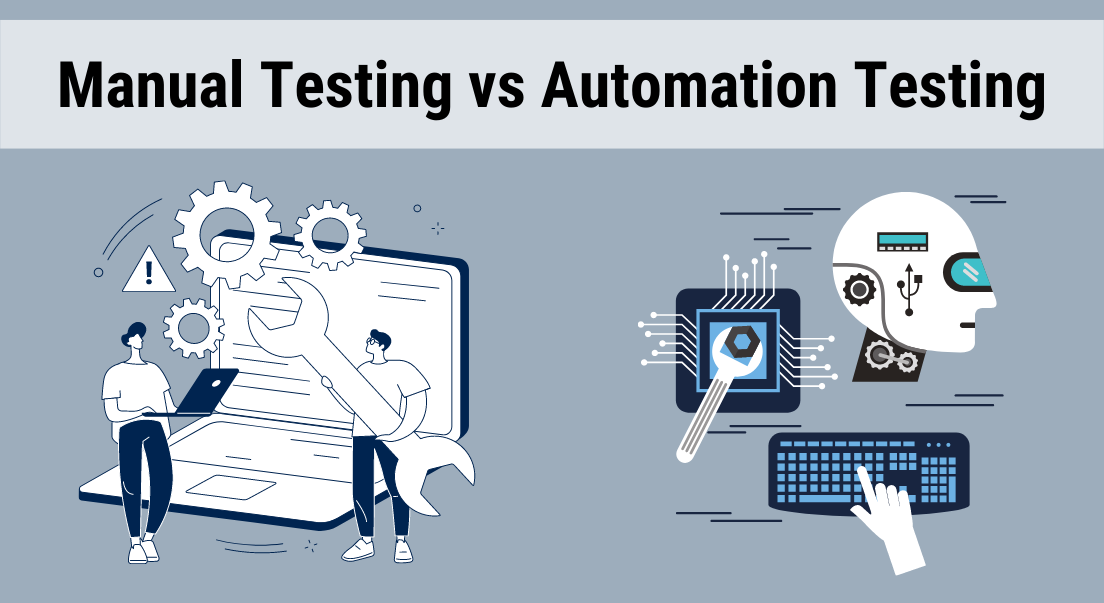
Testing is a critical step in software development that ensures the delivery of reliable, high-quality products. While manual testing relies on human effort to explore software and identify issues, automated testing employs tools and scripts to execute predefined test cases. A Software Testing Course in Chennai can help individuals understand these techniques and their applications in depth. Though these methods are different, they are not mutually exclusive. In fact, combining manual and automated testing can enhance the overall efficiency and effectiveness of the testing process. Let’s explore how these approaches can complement each other.
The Role of Manual Testing
Manual testing is indispensable for tasks that require human judgment, creativity, and intuition. It is especially valuable for exploratory testing, usability testing, and assessing user experience. Human testers can simulate real-world scenarios, identify subtle issues, and provide valuable insights that tools might overlook. However, manual testing can be time-consuming and prone to human error when dealing with repetitive tasks.
The Strengths of Automated Testing
Automated testing excels at handling repetitive and time-consuming tasks with speed and accuracy. It is ideal for regression testing, performance testing, and executing large volumes of test cases consistently. Automated tools can run tests around the clock, ensuring faster feedback and higher coverage. However, automation has its limits. It requires initial setup, ongoing maintenance, and cannot mimic human intuition or subjective judgment.
Moreover, while automated tests can validate expected outcomes based on given inputs, they may struggle with scenarios involving complex user interactions or unexpected behaviors. To achieve comprehensive quality assurance, combining automated testing with manual testing can provide a more balanced approach, leveraging the strengths of both methods for optimal results.
Bridging the Gap Between Manual and Automated Testing
When manual and automated testing are used together, they can address each other’s weaknesses and amplify strengths effectively. For instance, while automation takes care of repetitive regression tests efficiently, manual testers can focus on exploratory and ad-hoc testing, diving deeper into user experience. This collaborative approach not only reduces the risk of overlooking critical bugs but also ensures a well-rounded testing strategy that enhances overall software quality. By combining both methods, teams can achieve better coverage and faster release cycles.
Creating a Balanced Testing Strategy
To achieve an effective balance, teams need to assess the nature of the application and testing requirements. High-risk areas, complex workflows, and frequently updated features may benefit from automation, while unique and user-focused aspects can be reserved for manual testing. A well-balanced strategy minimizes risks and optimizes resource utilization.
Effective Collaboration Between Teams
Collaboration is key to harmonizing manual and automated testing. Testers should work together to define clear objectives, share insights, and align on priorities. Frequent communication ensures that both manual and automated testing efforts are complementary rather than redundant. Teams can also collaborate to identify test cases that are prime candidates for automation.
Leveraging Tools and Best Practices
Integrating tools and adopting best practices can streamline the process of combining manual and automated testing. Continuous integration and continuous deployment (CI/CD) pipelines, for example, ensure that automated tests run seamlessly alongside manual efforts. Additionally, test management platforms can help track progress, identify bottlenecks, and maintain transparency.
Challenges to Watch Out For
While integrating manual and automated testing brings many benefits, it’s not without challenges. Ensuring proper communication, avoiding duplication of efforts, and managing tool complexity can be daunting. Teams must invest in training, foster a culture of collaboration, and continually evaluate their processes to overcome these hurdles.
The Future of Testing
As technology advances, the lines between manual and automated testing continue to blur. Emerging trends such as AI-driven testing are beginning to bridge the gap, enabling more intelligent and adaptive testing solutions. However, human testers will always play a vital role in ensuring software meets real-world needs. The future lies in leveraging the best of both worlds.
Manual and automated testing are not competing methods but complementary ones. By combining their unique strengths, teams can create a robust testing process that ensures high-quality software and faster delivery. Enrolling in a Software Testing Course in Bangalore can help individuals and teams gain the necessary skills to leverage these methods effectively. With the right strategy, tools, and collaboration, these approaches can work together seamlessly to meet the evolving demands of modern software development.
 Our Gateway to Insightful Blogging Exploring Ideas, Sharing Knowledge, Inspiring Minds
Our Gateway to Insightful Blogging Exploring Ideas, Sharing Knowledge, Inspiring Minds


